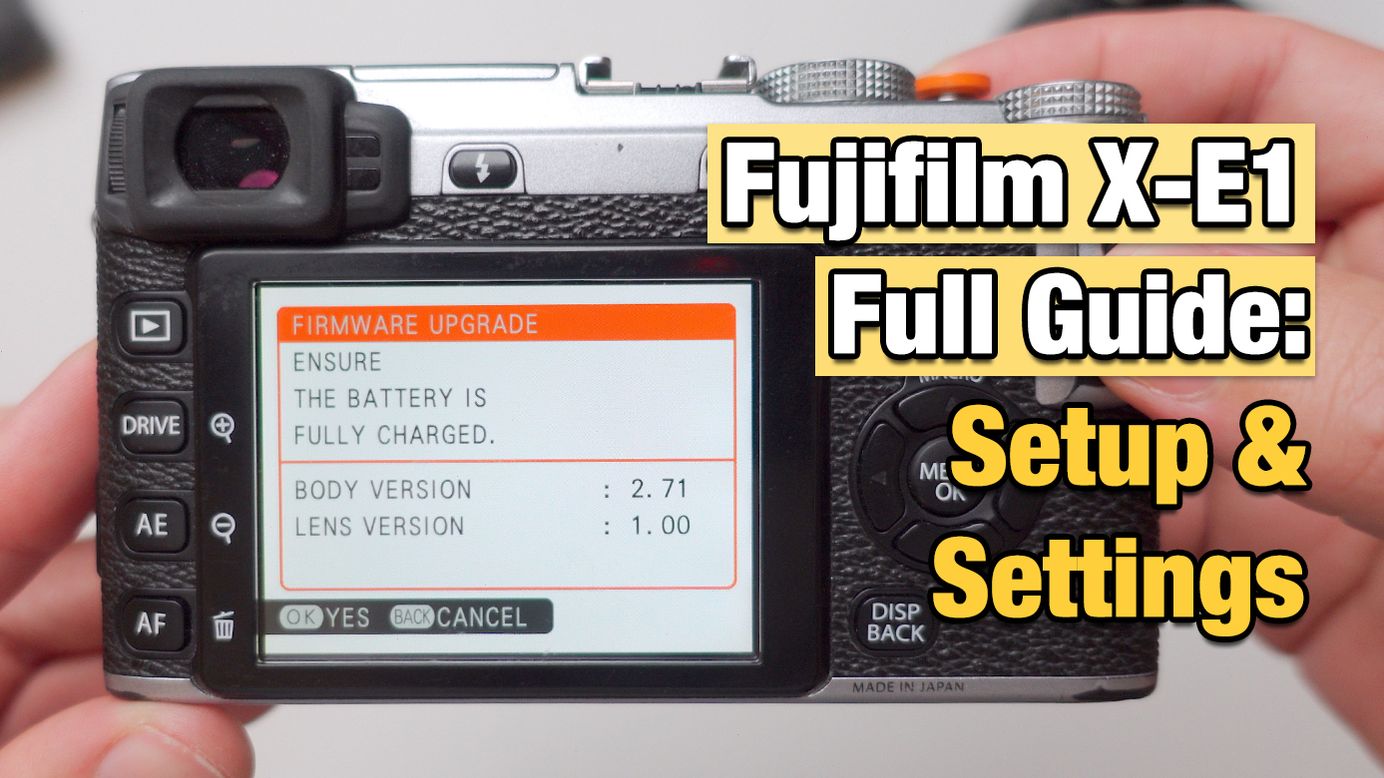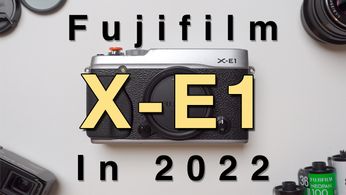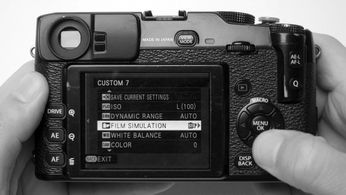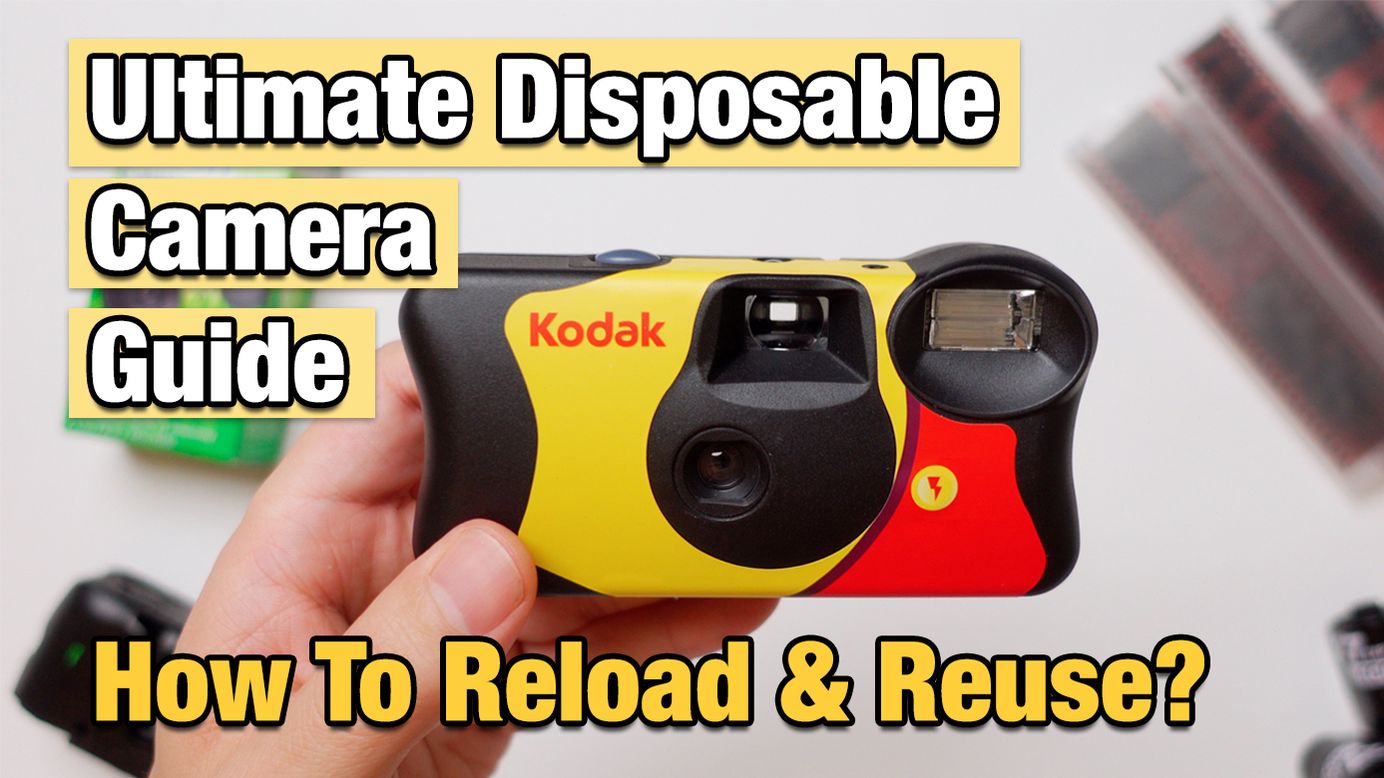
Ultimate Disposable Camera Guide - Which To Get & How To Reload
Table of Contents
This is a summary of my YouTube video guide. For the full piece watch the video linked at the bottom of the post.
I recently learned a new and easier way to reload your disposable film camera. So today we'll wrap things up with this topic and give you a quick summary of everything you need to know regarding disposable cameras, including how to reload one as well.
I previously made videos where I reviewed disposable cameras, talked about the potential reasons why you would use them and even showed you how to reload them as well, I highly suggest you check those videos out before we continue, right here:
That being said, I've been getting tons and tons of questions about disposable cameras, including requests to reload the Fujifilm Quicksnap 400, which I'm sorry to say it's not a feasible option.
So I decided to make a video answering some of your questions and condensing all the information from previous videos more clearly. Basically a guide with all the useful information regarding disposable cameras, including a faster way to reload this camera:
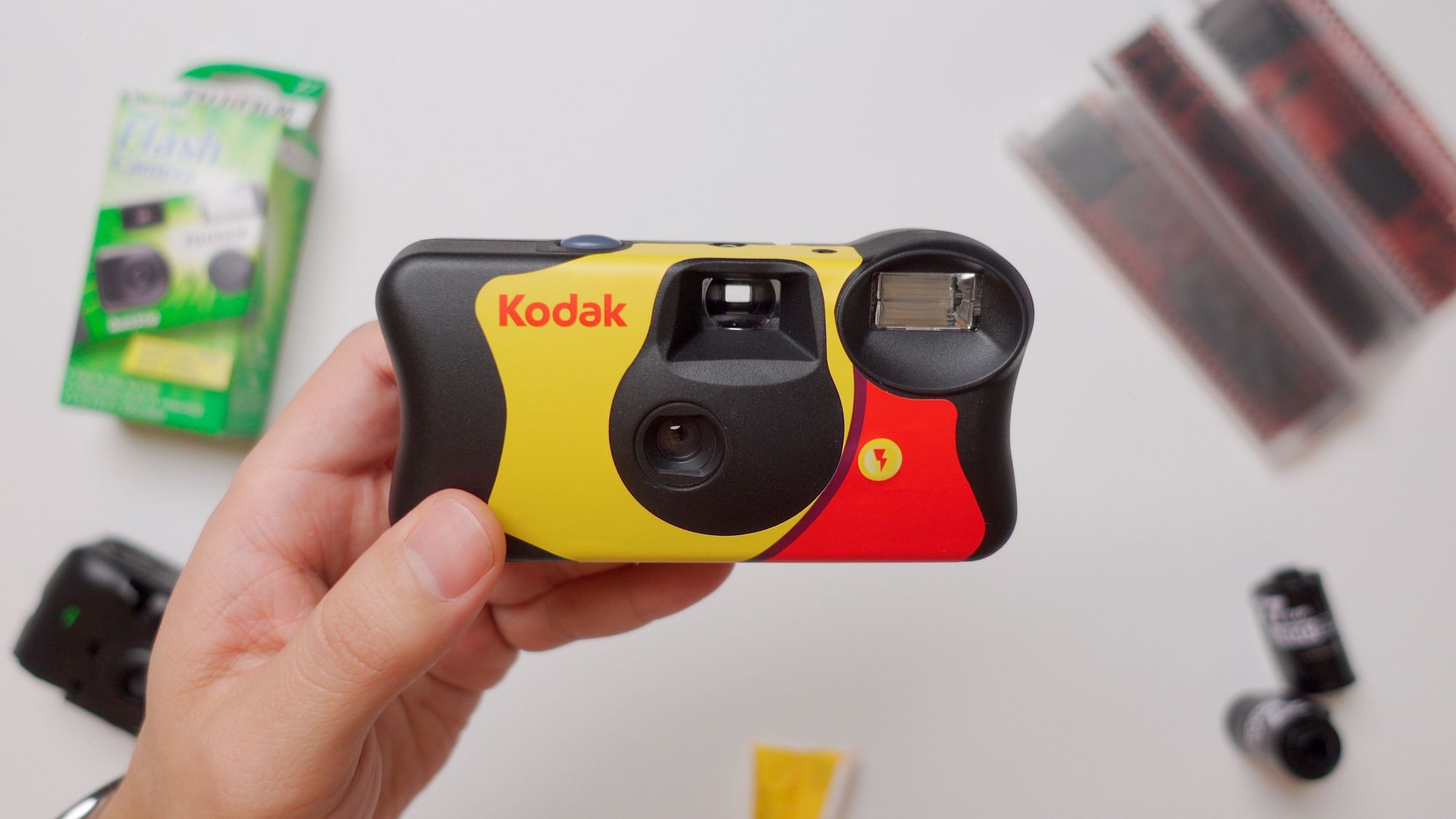
Disposable Cameras Summary & Features
I've mentioned this in previous videos, but disposable cameras are an affordable way to get into shooting film.
These are plastic, cheap cameras that come preloaded with a film roll of 27 exposures. The film stock depends on the brand that you purchase, but more on that later.
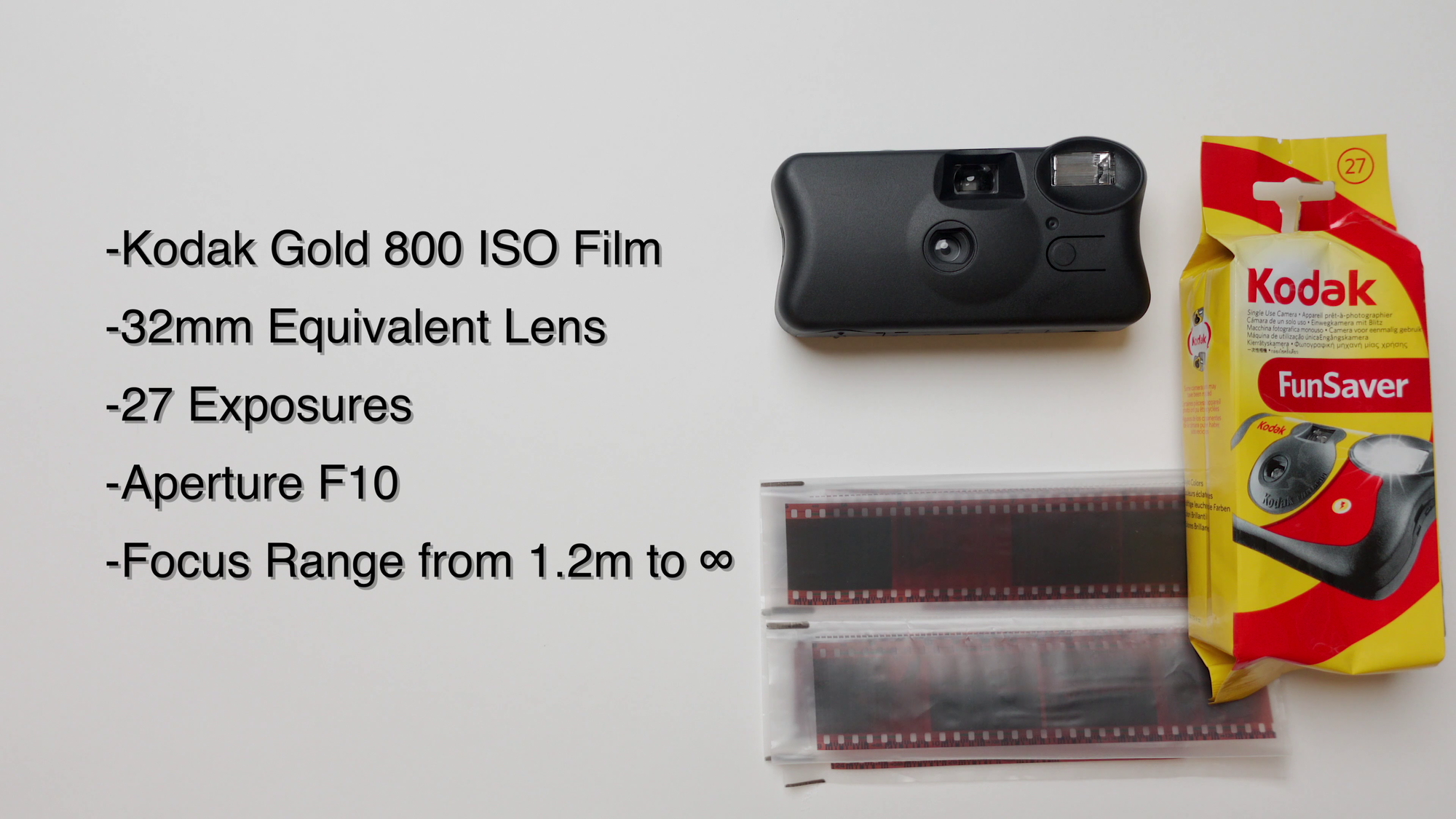
They are called disposable for a reason, these are supposed to be single-use, you're supposed to recycle them at the photo lab or developing center, most places do that unless you request it otherwise, to keep it as a souvenir or memento for example.
When the photo lab opens these, they normally break, the lab removes the film roll, gets it developed and discards the rest. So no, not every disposable camera is reusable and reloadable, in fact, most aren't.
And because most of these are designed to be destroyed or discarded after a single use when you find one that is easy to use and reloaded, then you need to keep it, and that is one of the reasons why I'm making these videos, to let people know.
Choosing The Correct Disposable Camera
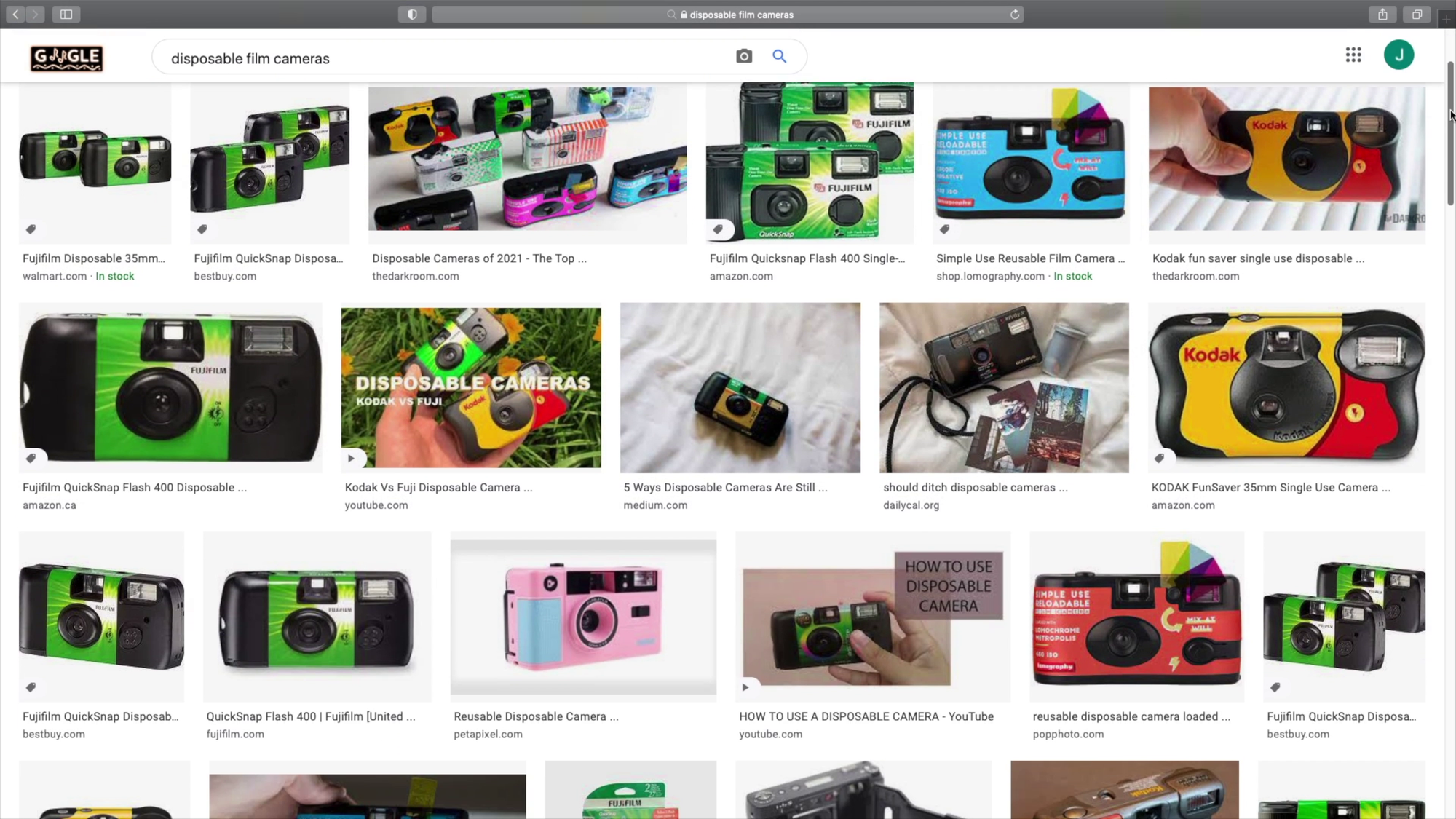
There are tons of options out there, and for the most part, these are kinda the same, same plastic build, same mediocre quality. The only thing that differs for most entry-level users is the actual film inside them. The qualities and the aesthetic look.
But when you're reloading these, the preloaded film does not matter, you will be reloading them, with whatever film you want, and choosing a camera that is easy to reload is what matters.
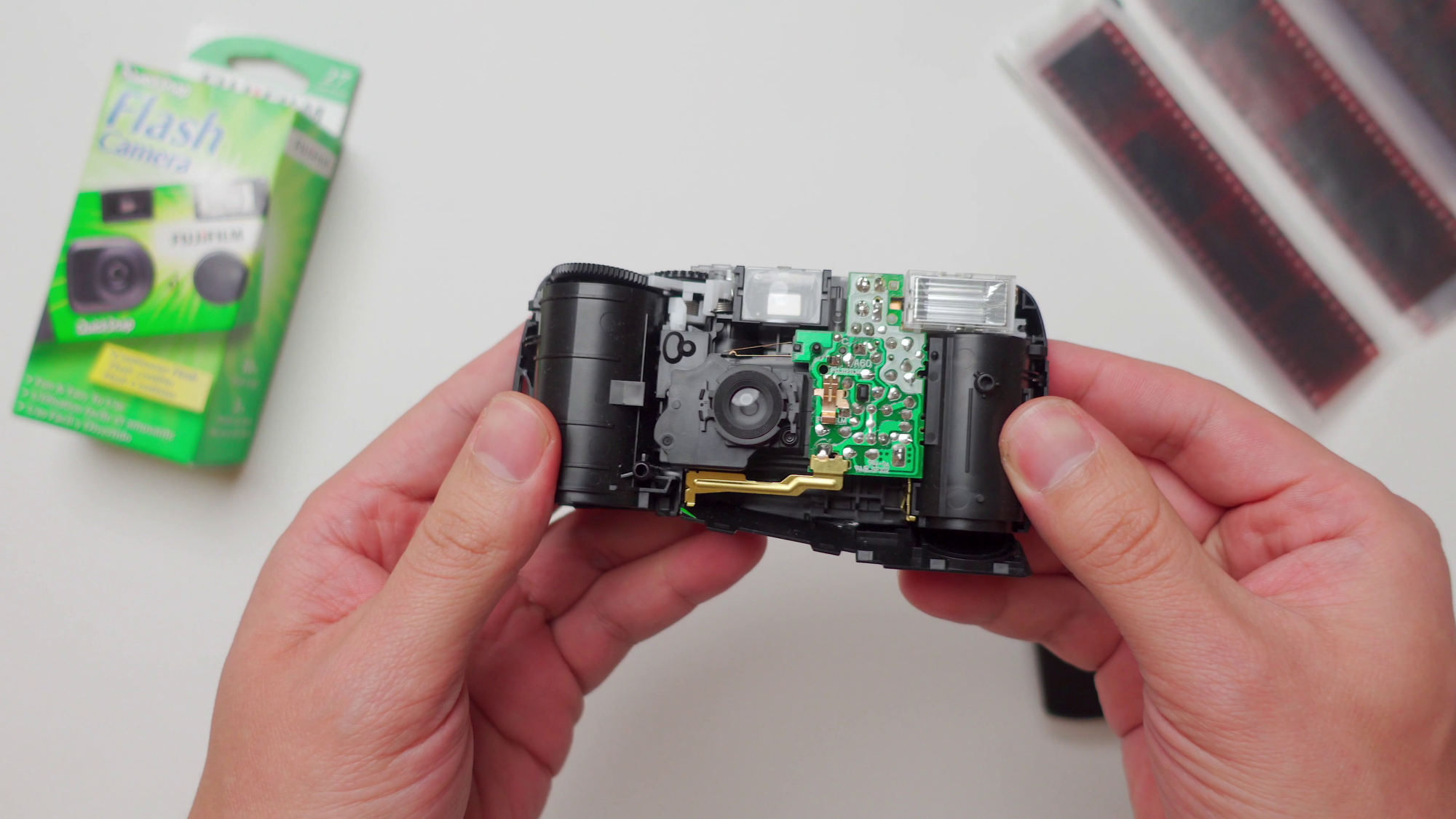
Take the Fujifilm Quicksnap 400 for example, a great and fun camera to use, but you cannot take it apart to try to reload it, it completely falls apart. So for all of you asking about showing me how to reload this camera, it's not really possible, sorry.
Also, think about the time wasted in this process. If you're gonna try to reload a disposable camera and it will take hours and special tools and the hand pulse of a surgeon, then perhaps it's too much of a hassle for what it's worth.
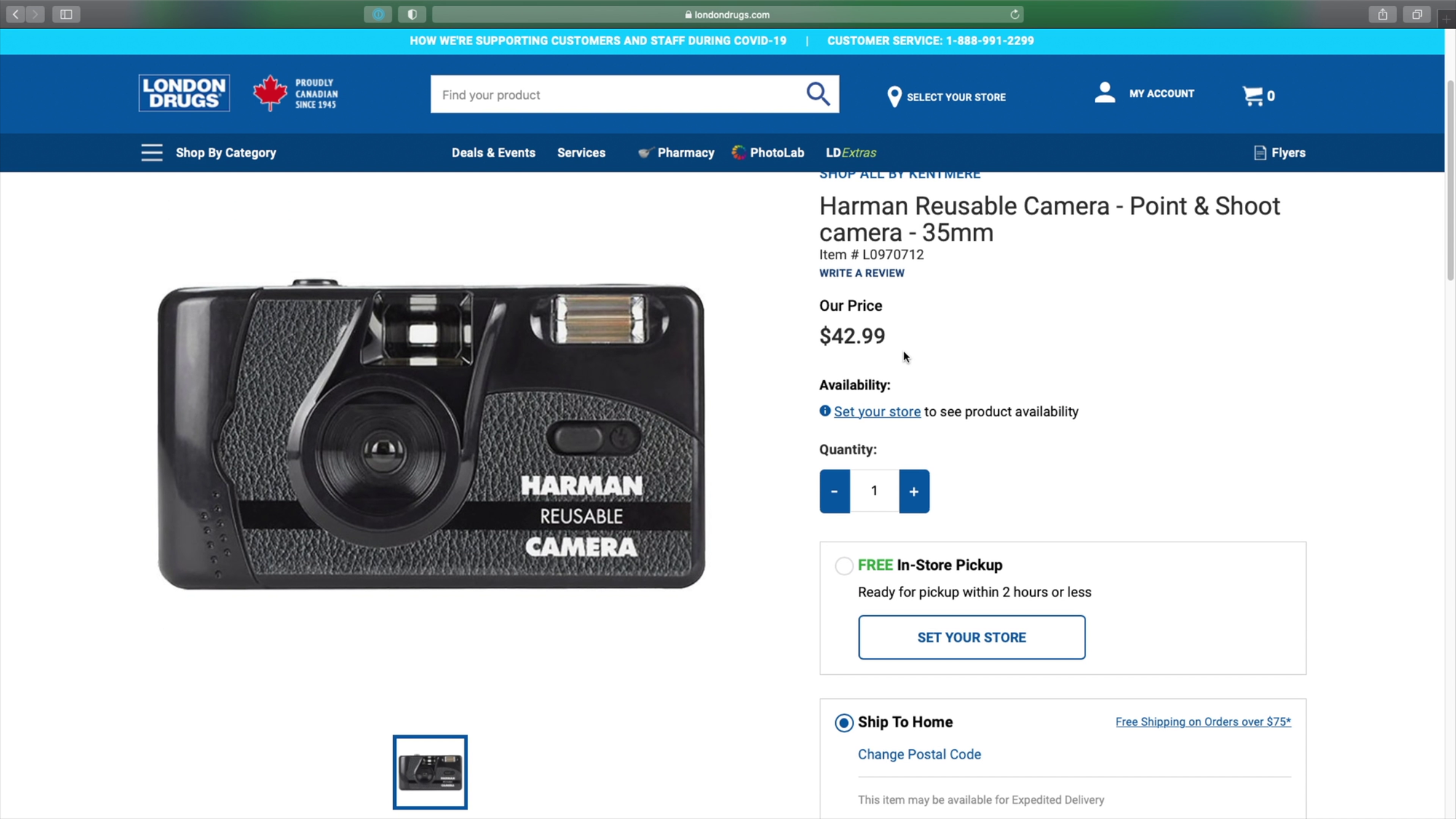
There are disposable cameras that say are reloadable or reusable, but at least here in Canada, these are around $45 dollars after tax. That is way too high, the cameras that I've talked about on this channel cost $10 to $15 dollars at most, and it's the same build quality, same image quality.
This brings us to which one should you get. I highly recommend you get the Kodak Funsaver Disposable camera.
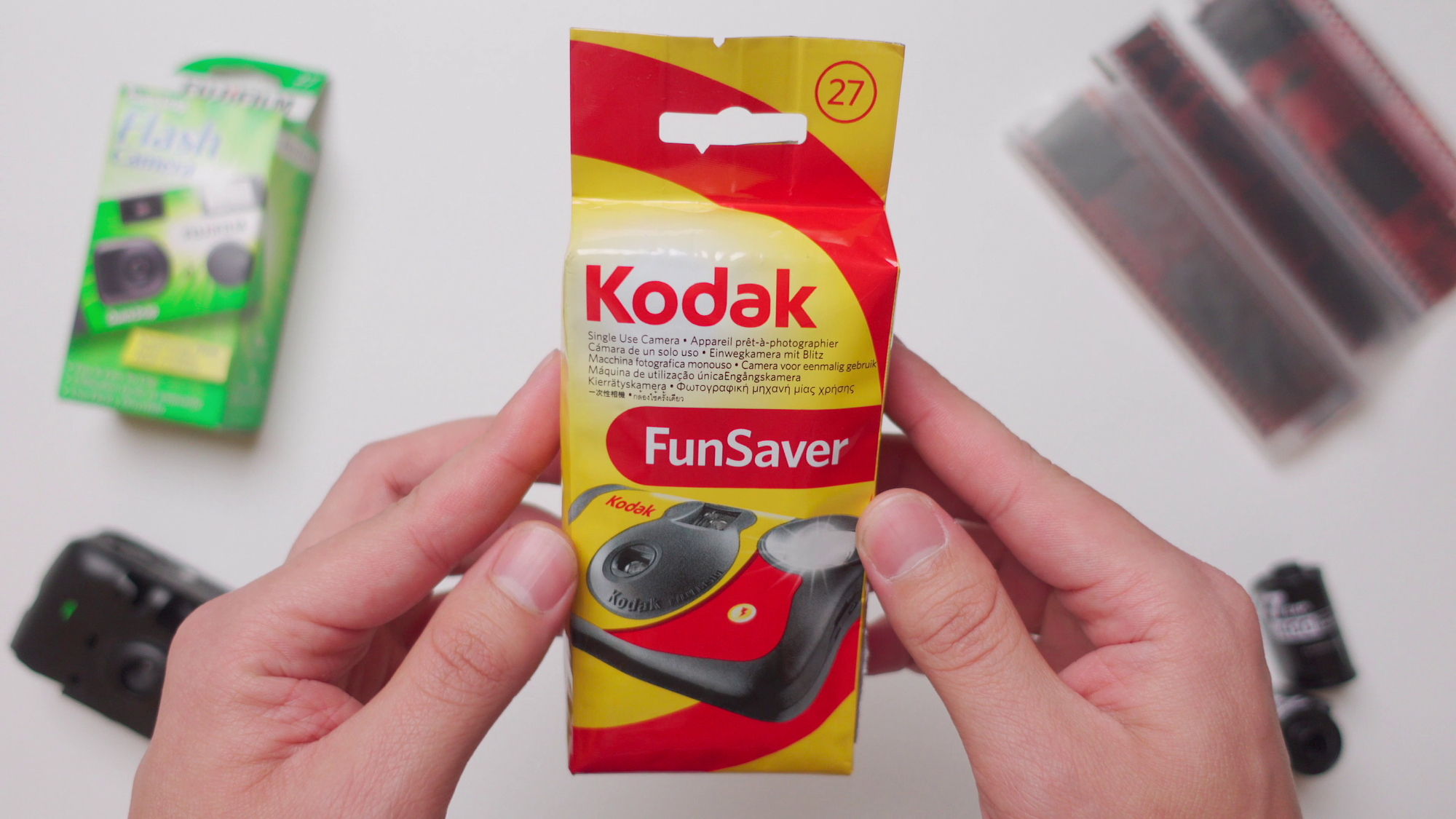
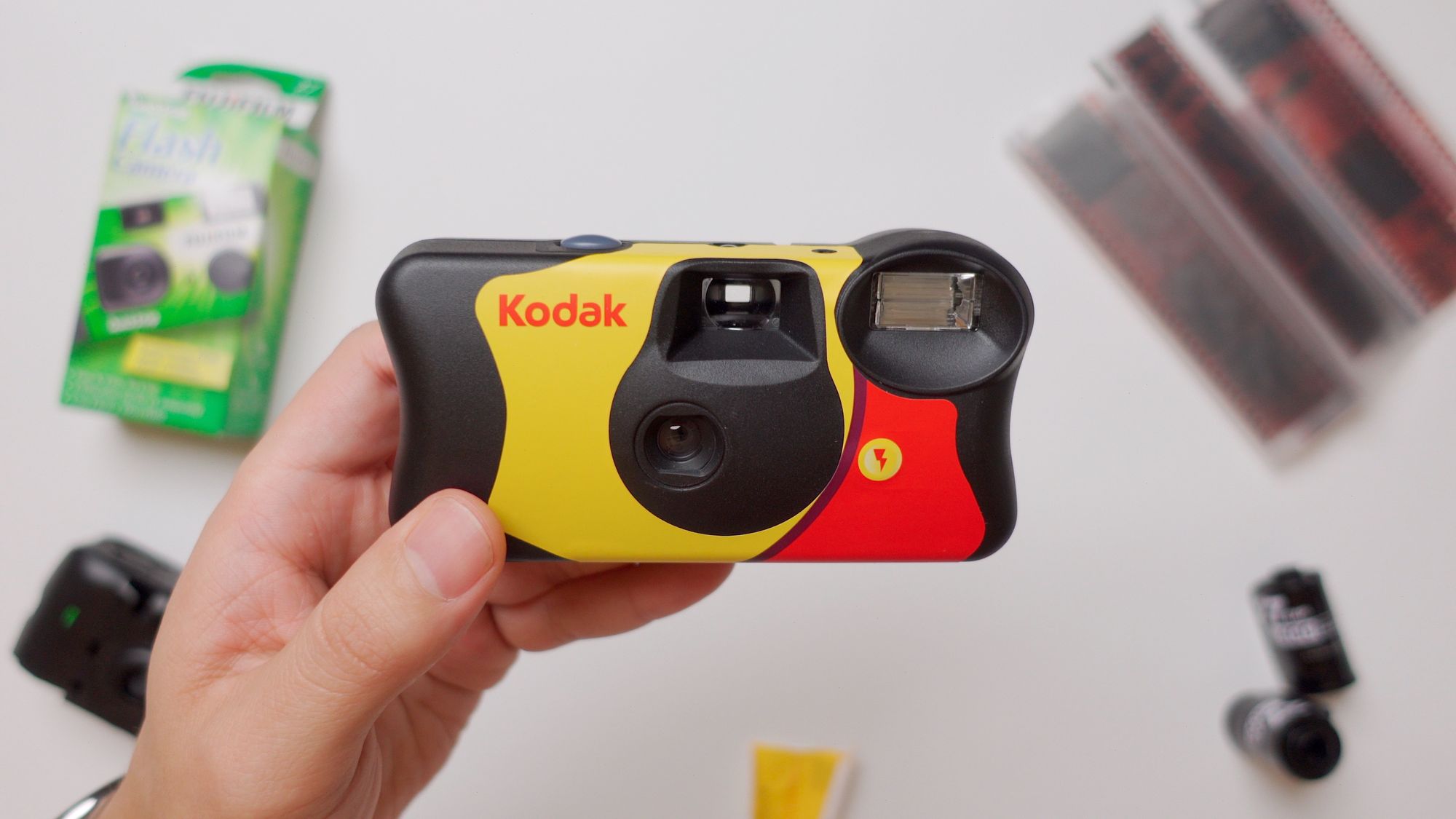
Here in Canada, these are around $10-15 dollars, these are easy to operate, easy to open, easy to replace the battery, easy to reload. And if you will reload them often, then that is what matters most.
Why Use A Disposable Camera?
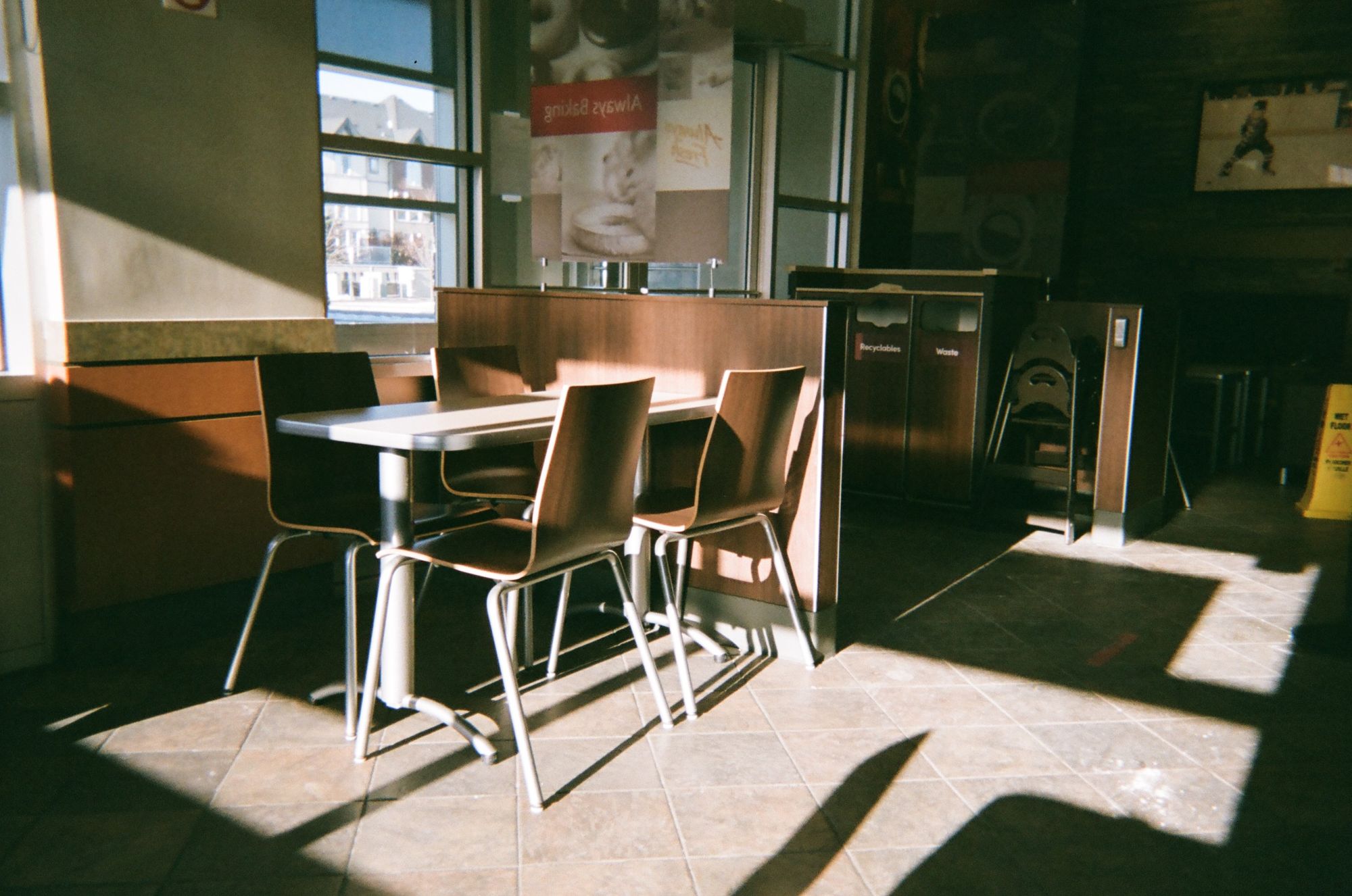
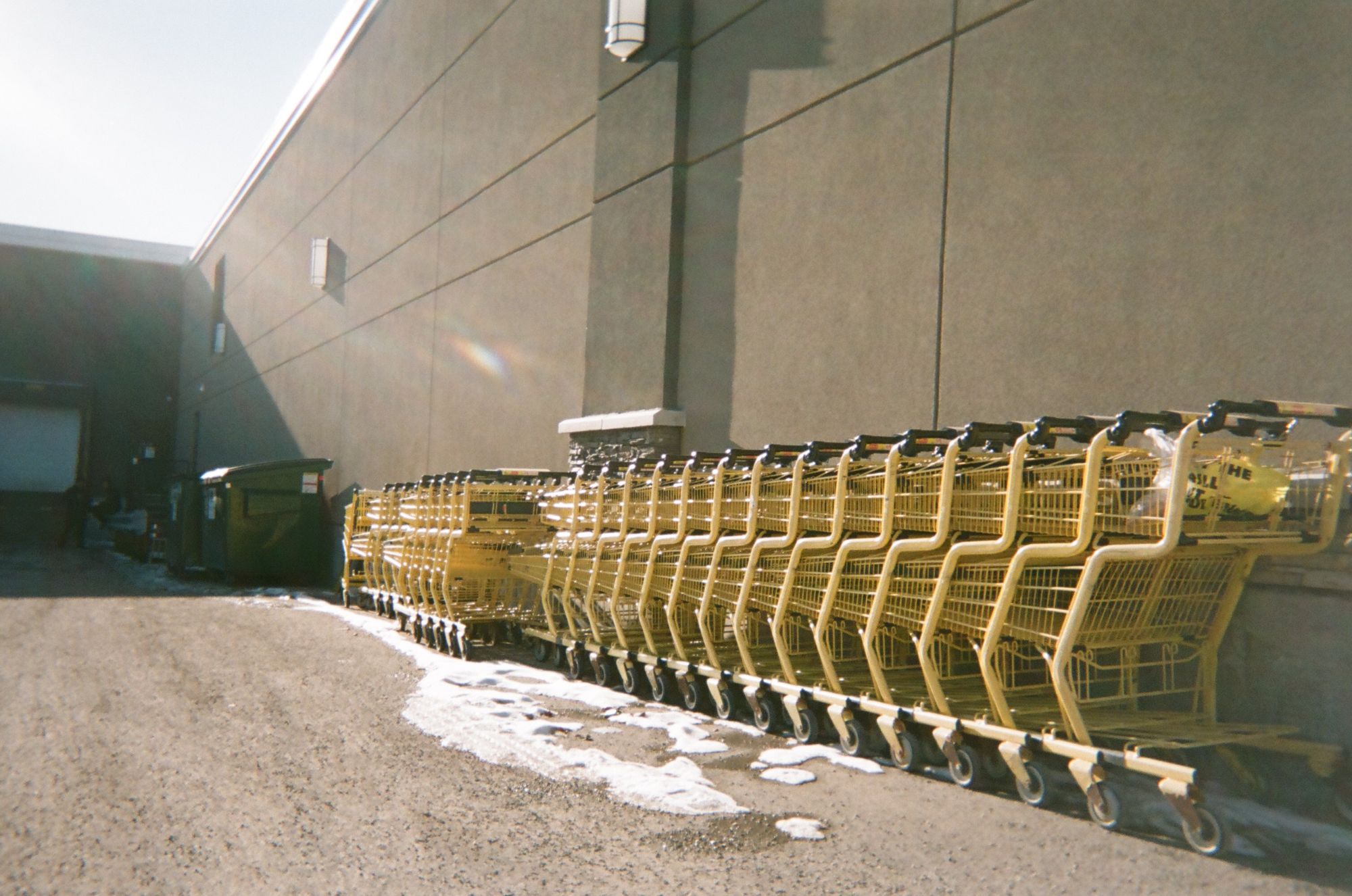


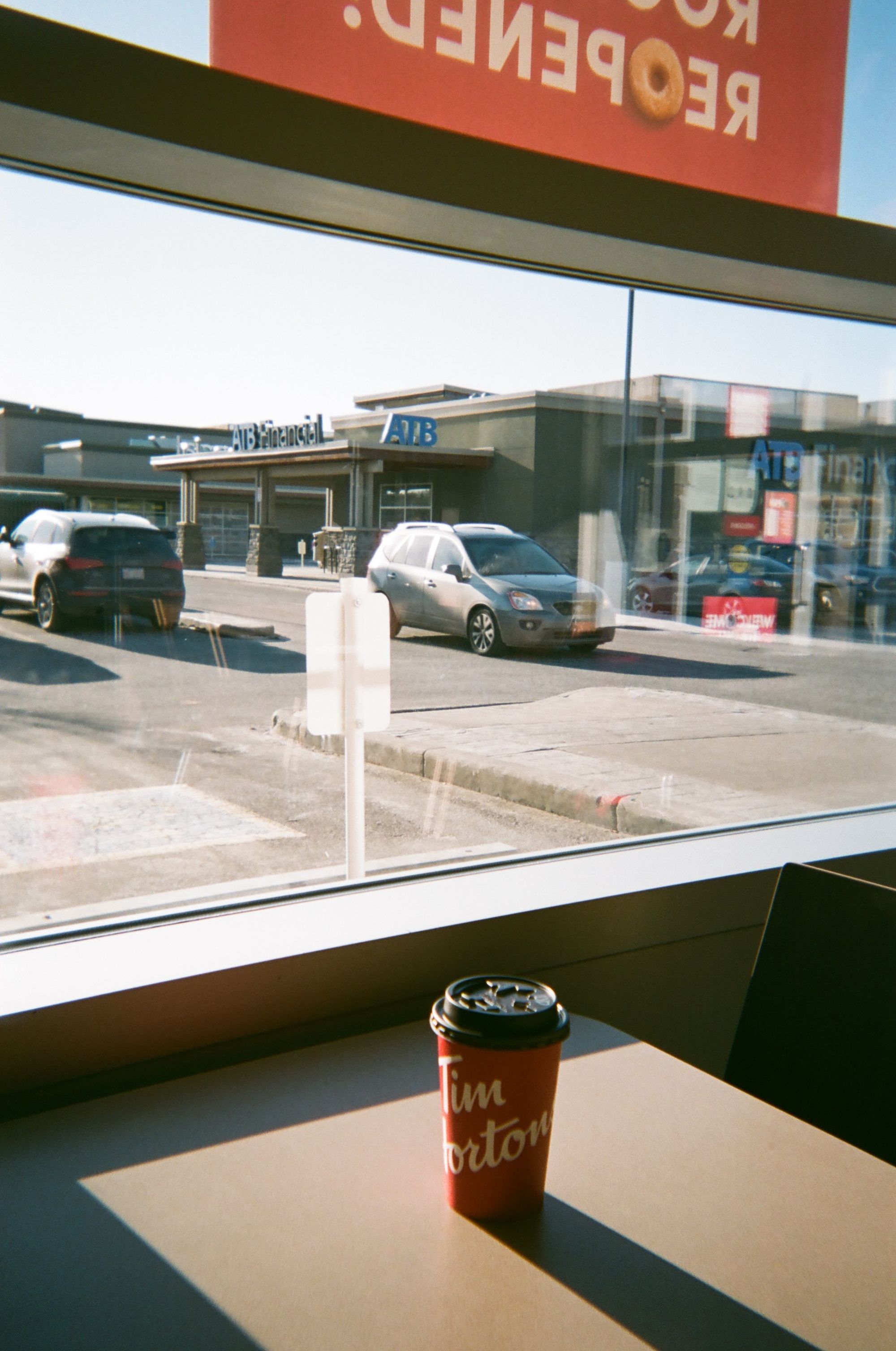
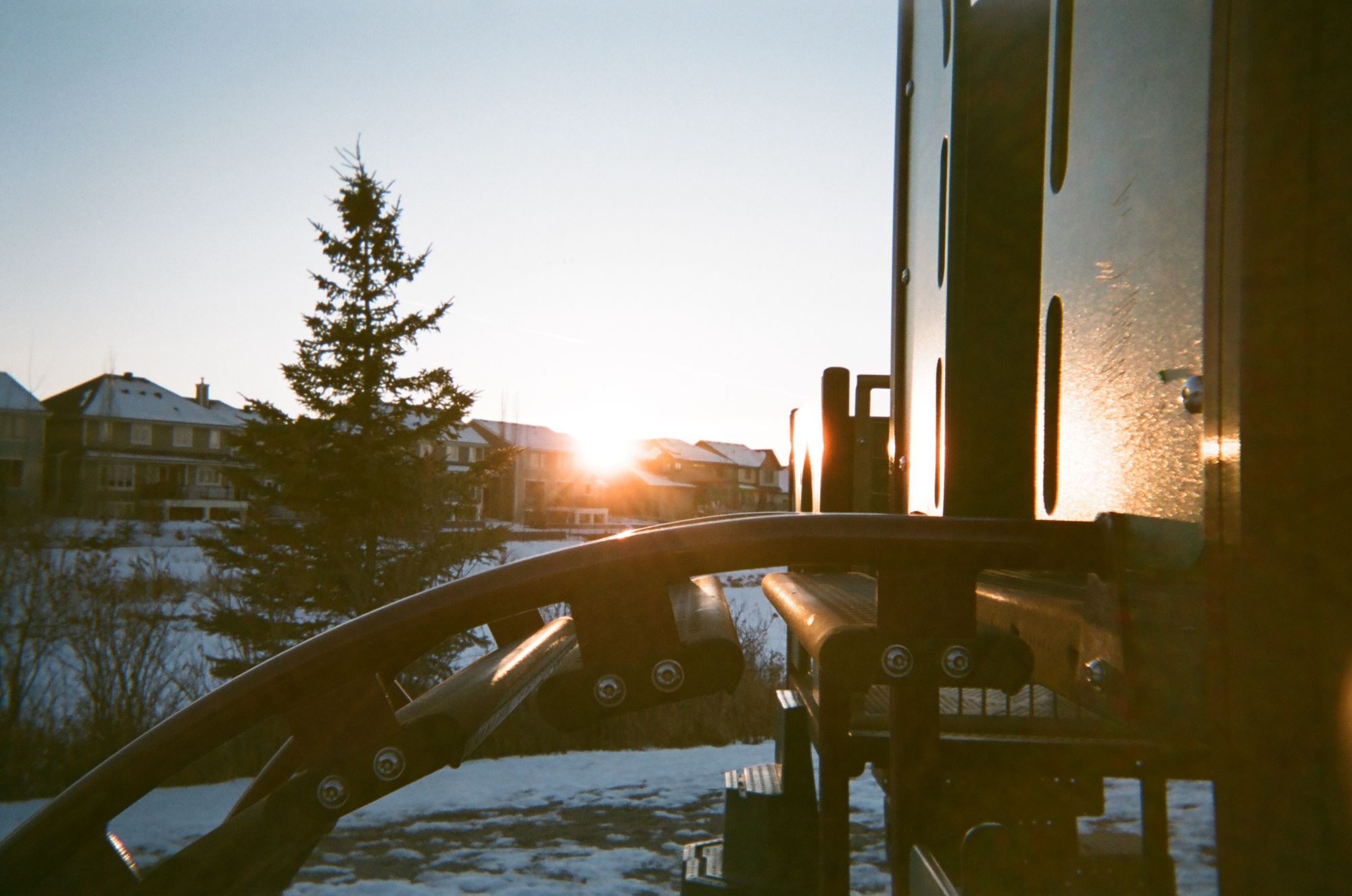
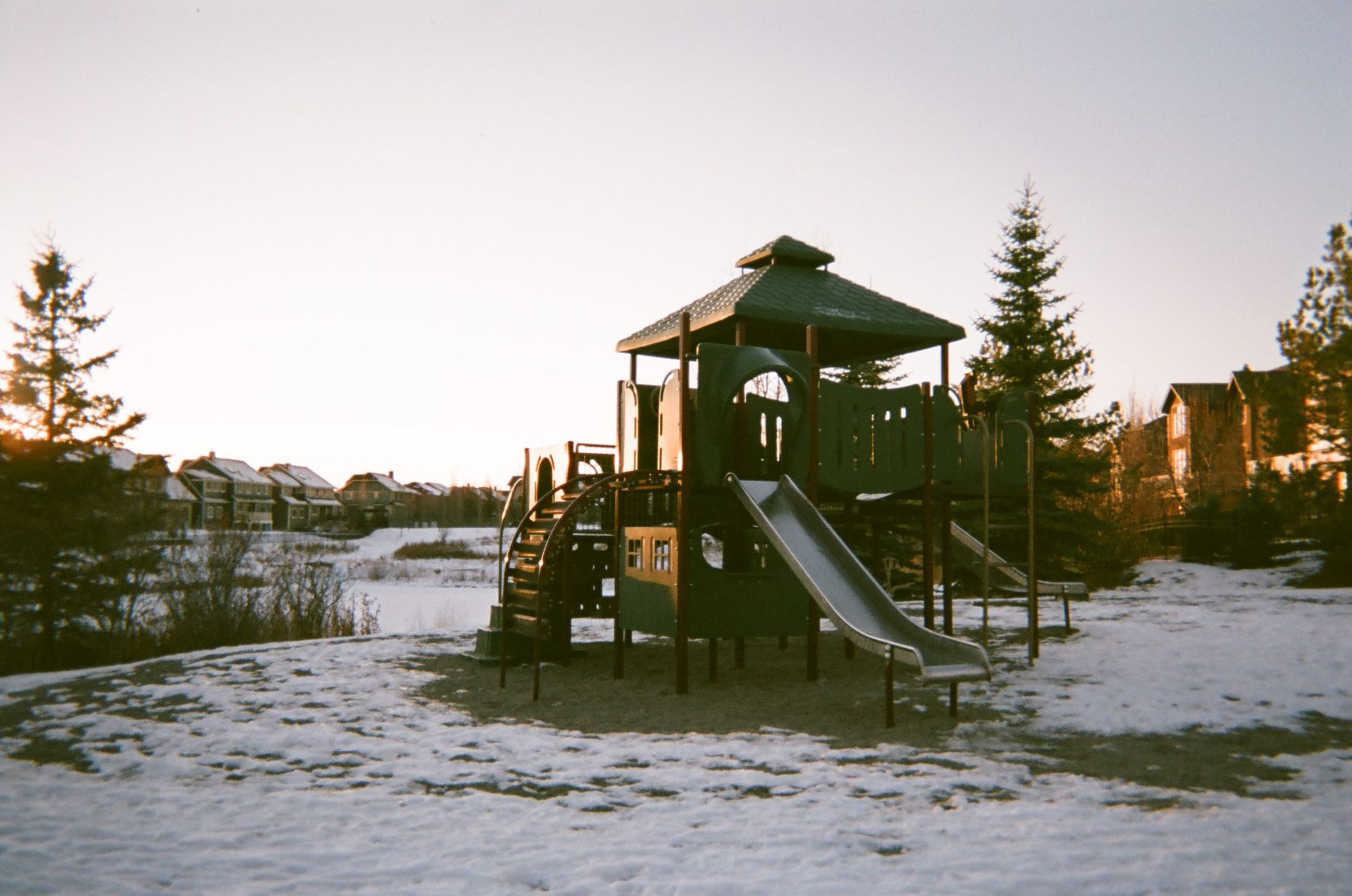
The purpose of these is just to have fun, and easy and fun way to shoot film, maybe a short trip with friends, or a summer getaway, or something along those lines. These are not made for professional photographers, these are not made for people that have tons of pro film cameras and gear.
These are made for people that just want to spend $10 dollars and have fun. Or people that have never shot in film before, or people that are curious about potentially investing in a film camera and lenses, but just want to give it a test beforehand.
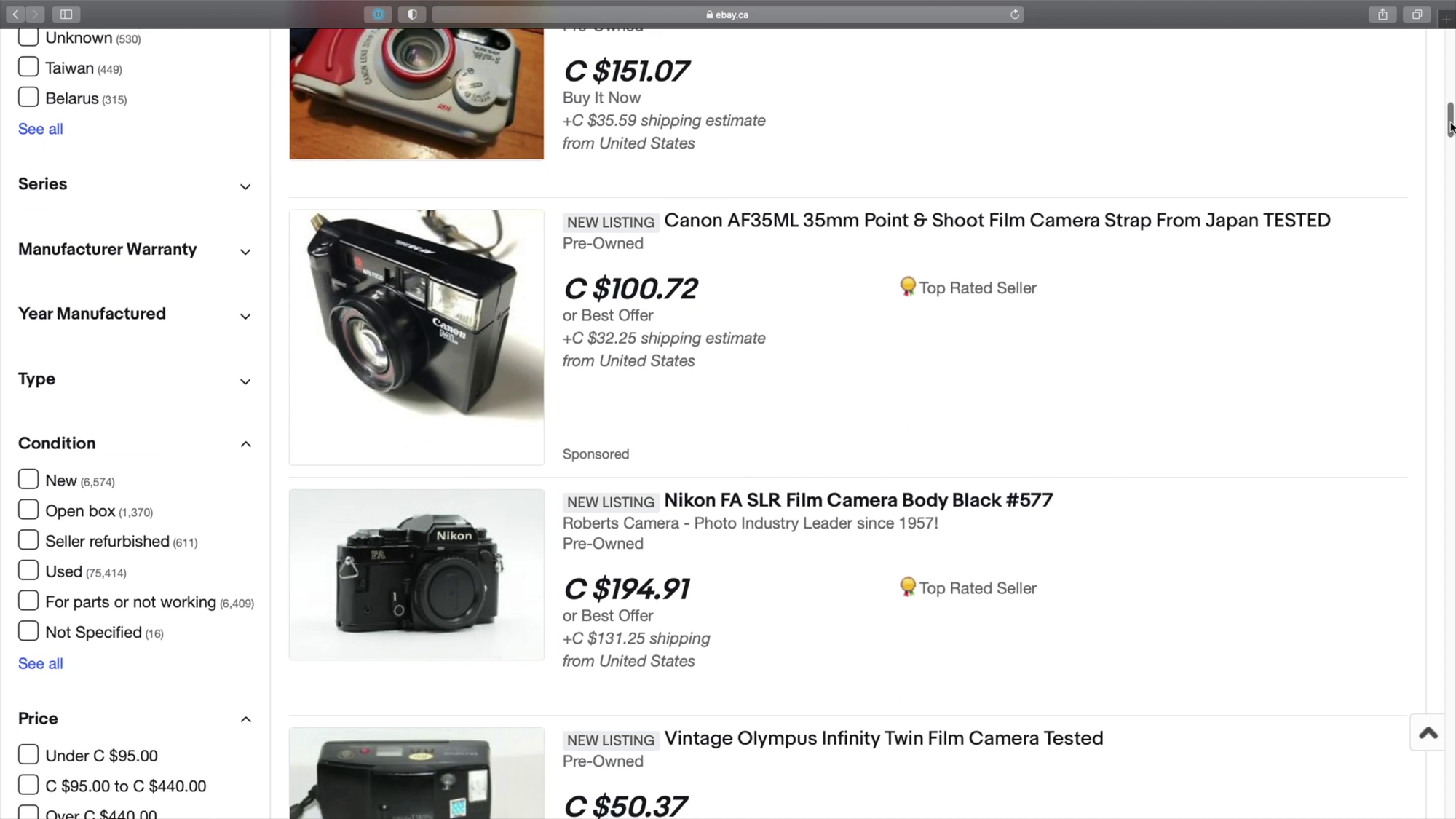
I get that some of you will just think or say, just spend 100 bucks and get a film camera, a couple of lenses and assorted films stocks to try.
But the average person that just wants to try disposable cameras take pictures of their summer events or trips, asking them to learn about photography, master the exposure triangle, and invest their time and money first on film gear without ever shooting film first is a lot to ask.
The point of videos like these and channels like this one is to help people out. Get them going on their creative journey. Not to put walls and prevent them from trying things out.
And if a disposable camera can help people do that, and get their feet wet with shooting on film and photography in general, SO be it.
Tools Needed For The Reloading Process
This step is very similar to the previous video, in fact, it's easier.
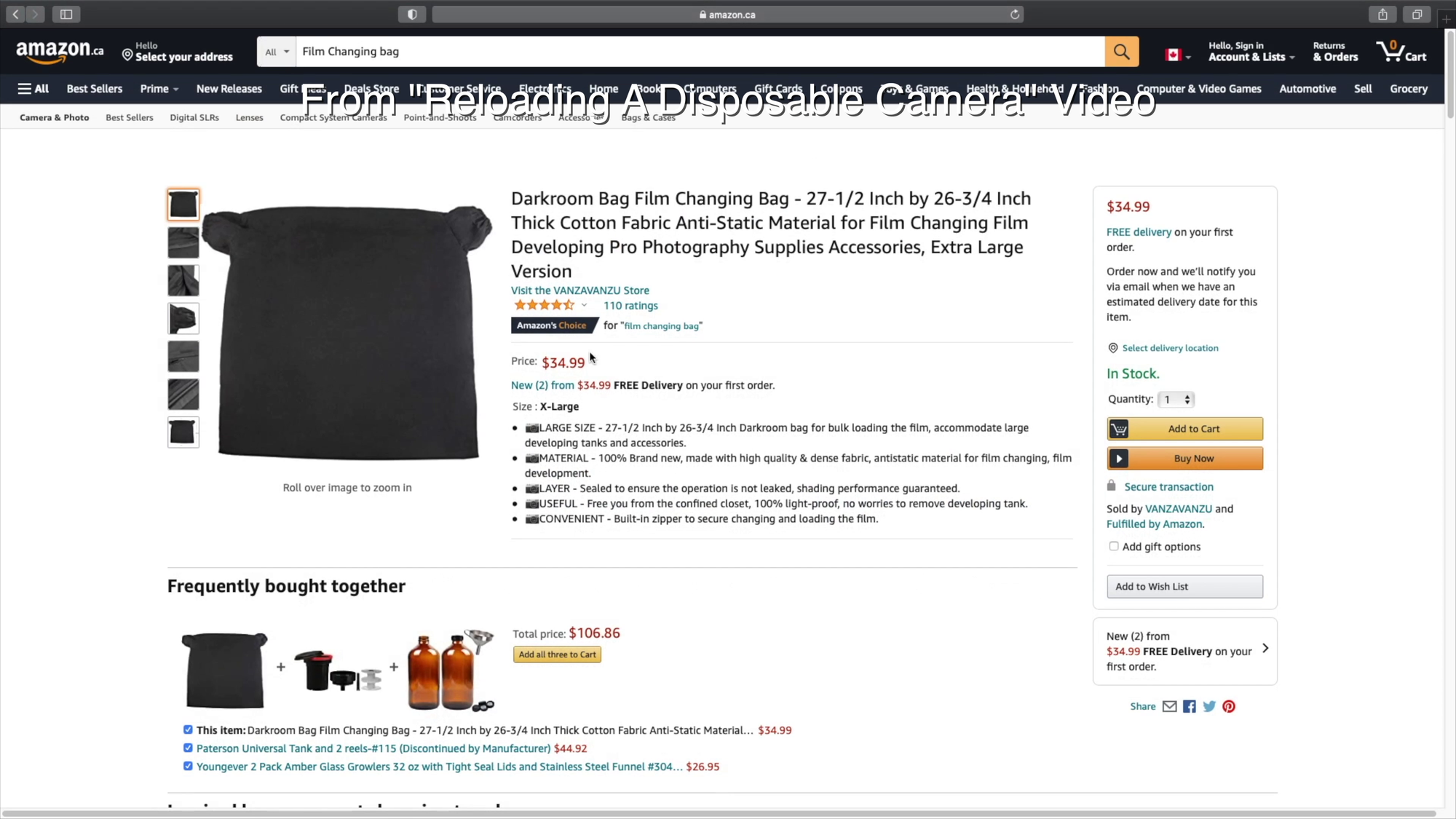
In my previous video, the entire reloading process had to be done in a darkroom since exposing the film to light would ruin it. So In the previous video, I suggested getting a film changing bag or completing the process in a dark room with no light. But we don't need that anymore.
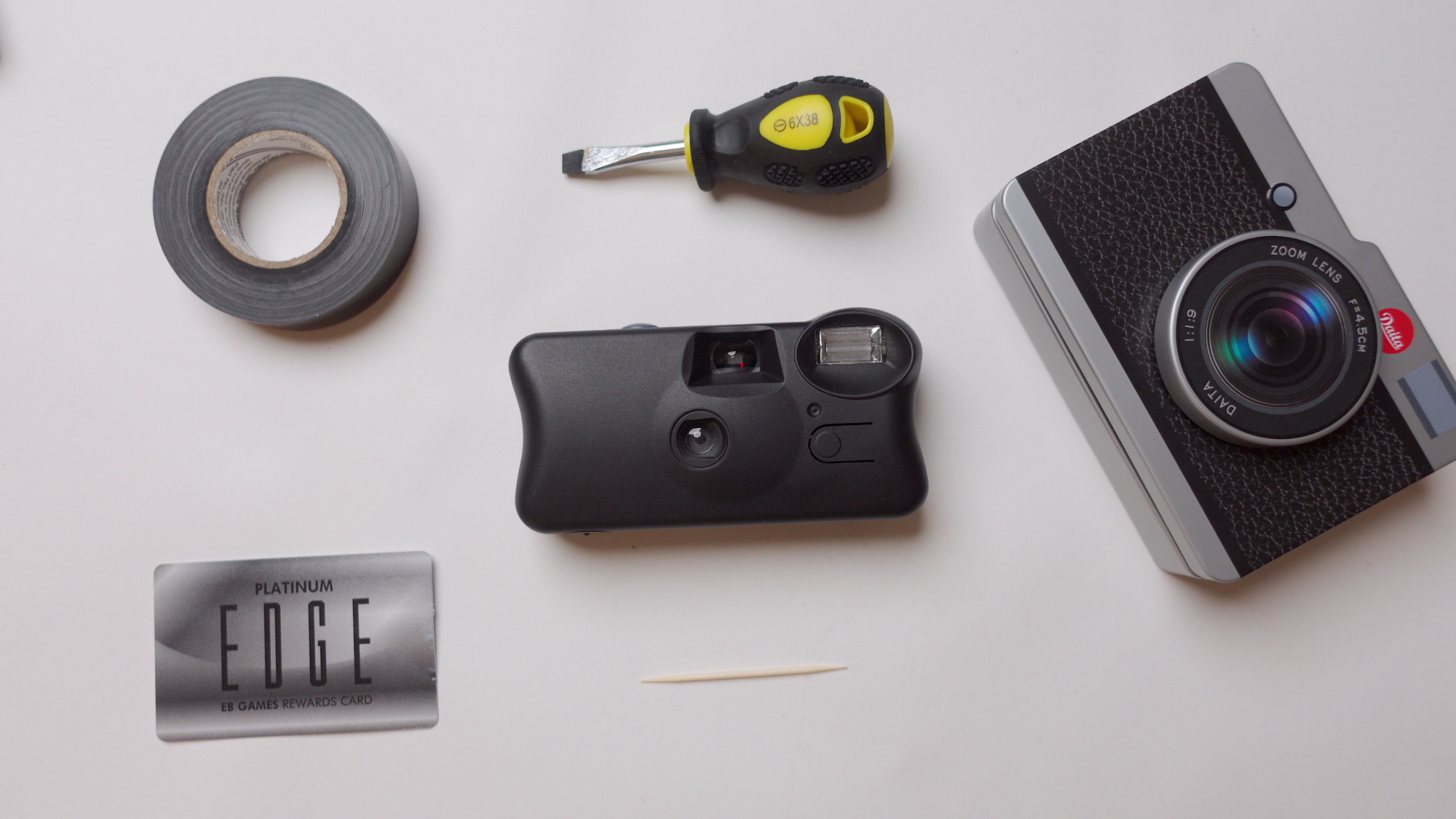
We do need a prying tool, you can use a tool like a flat-head screwdriver or even a plastic card like a gift card or similar. We need Black electrical to seal the seams and avoid light leaks, we need a toothpick to hold the gears in place.
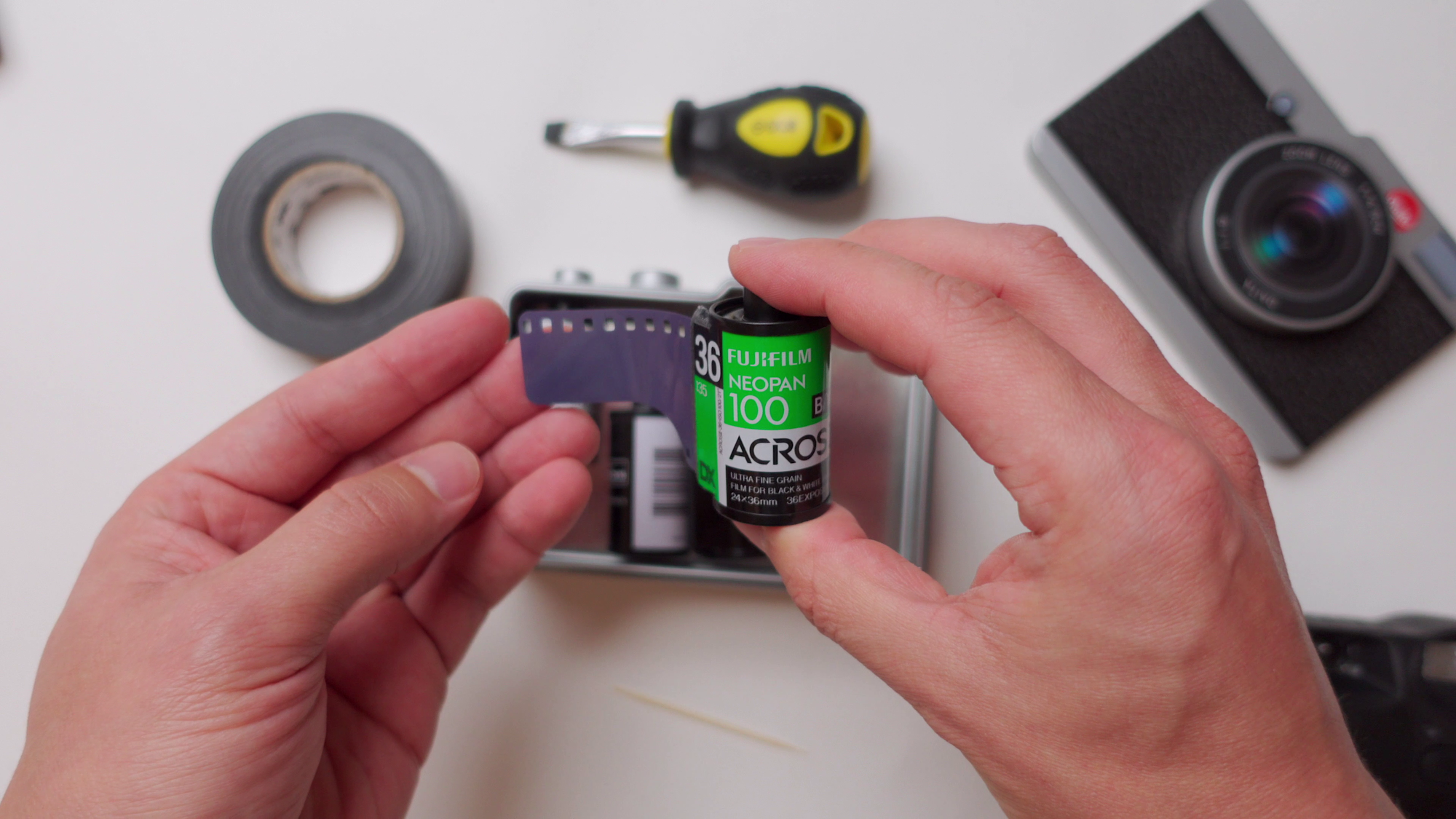
And a brand new 35mm film roll, in this case, I used the Fujifilm ACROS II B&W stock. Man, I love this B&W film.
New & Faster Method To Reload Disposable Cameras
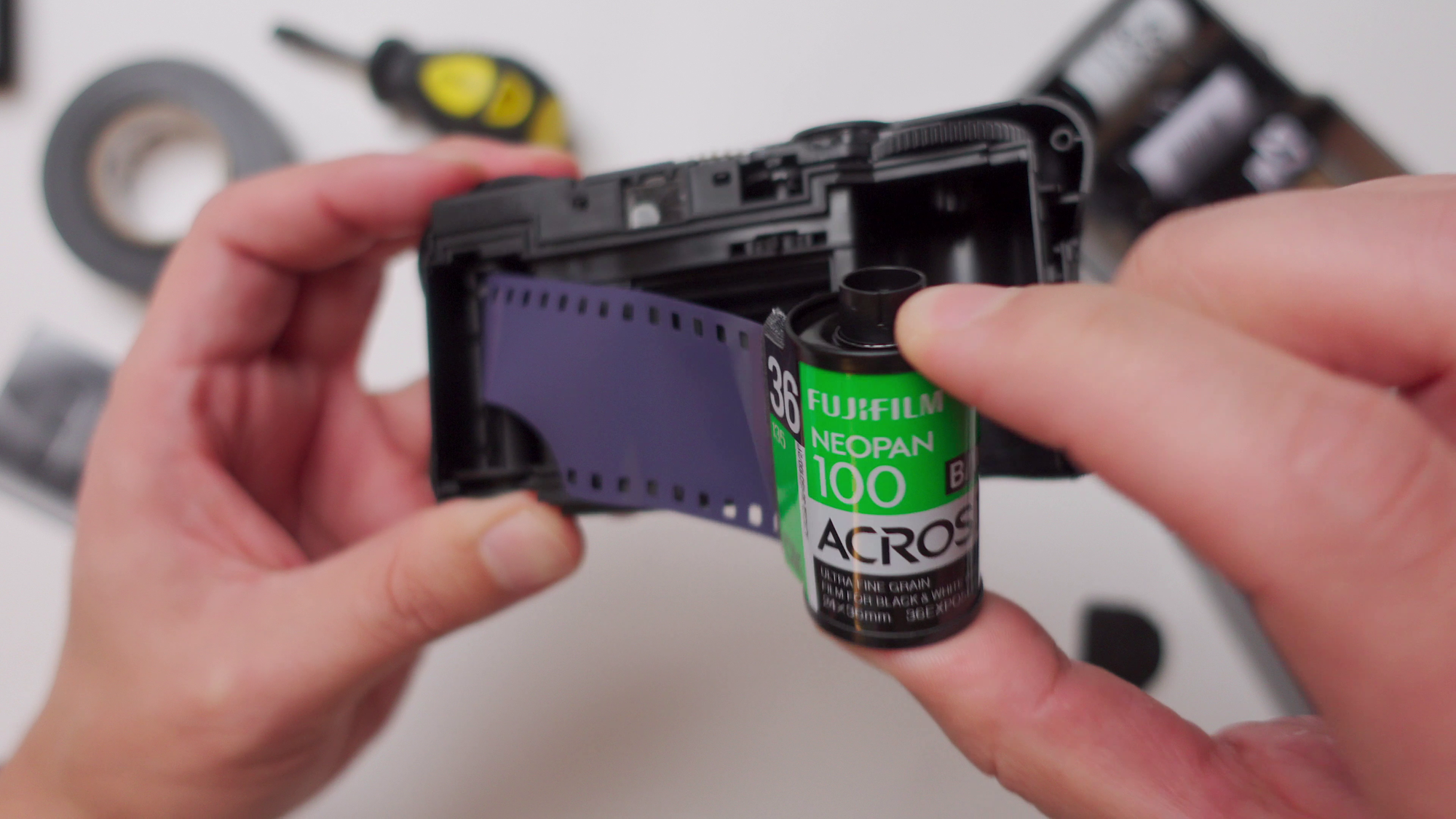
I've made a video showing a step-by-step guide on how to reload this camera, and I highly recommend you watch it before we continue.
This new method that I'm about to show you is easier and faster, But I still think you should watch that previous video to get a better grasp and understanding of how these operate.
Now, I already reloaded it, used it, shot with it and even developed the film, So I know this method works well.
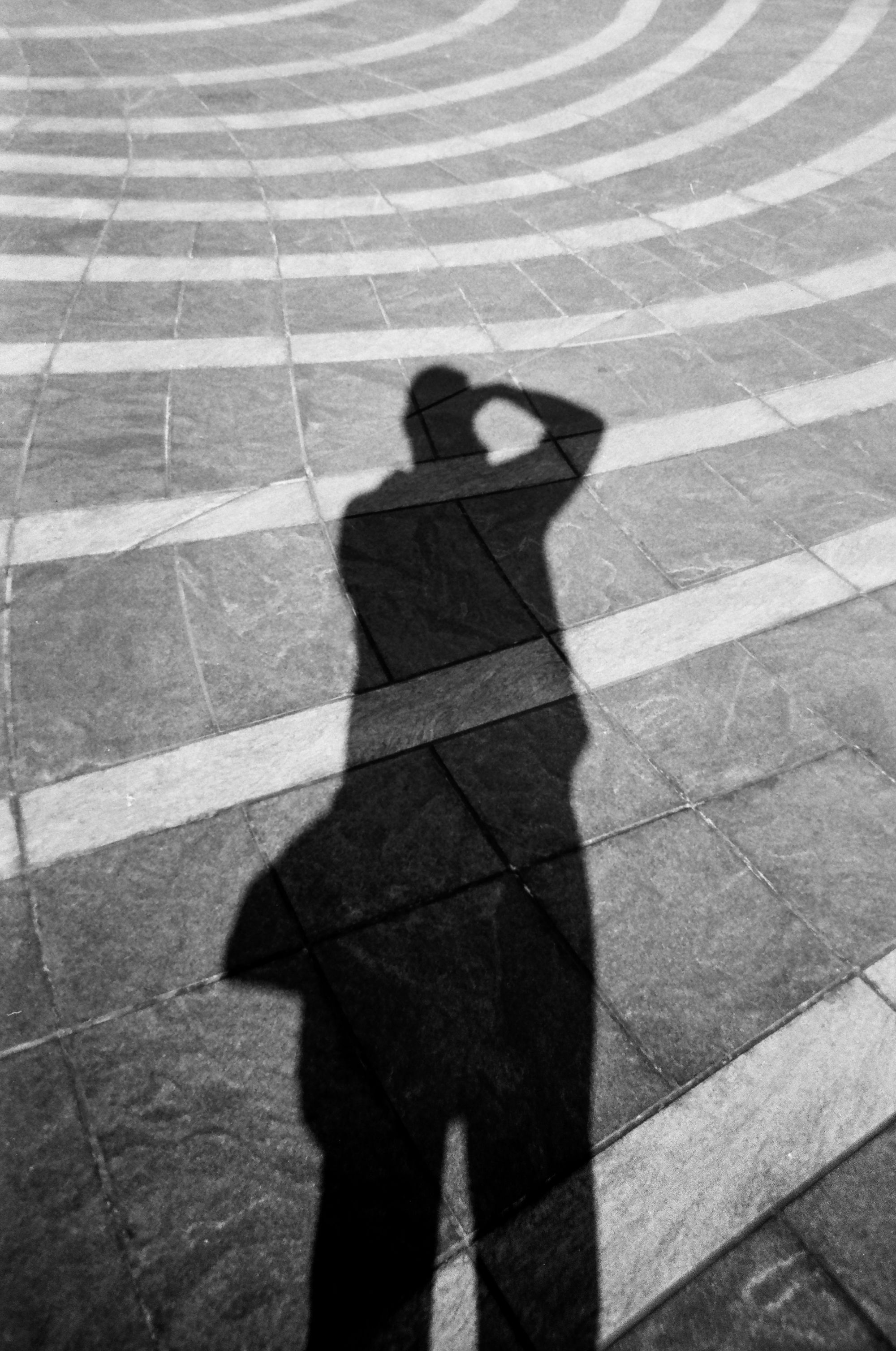
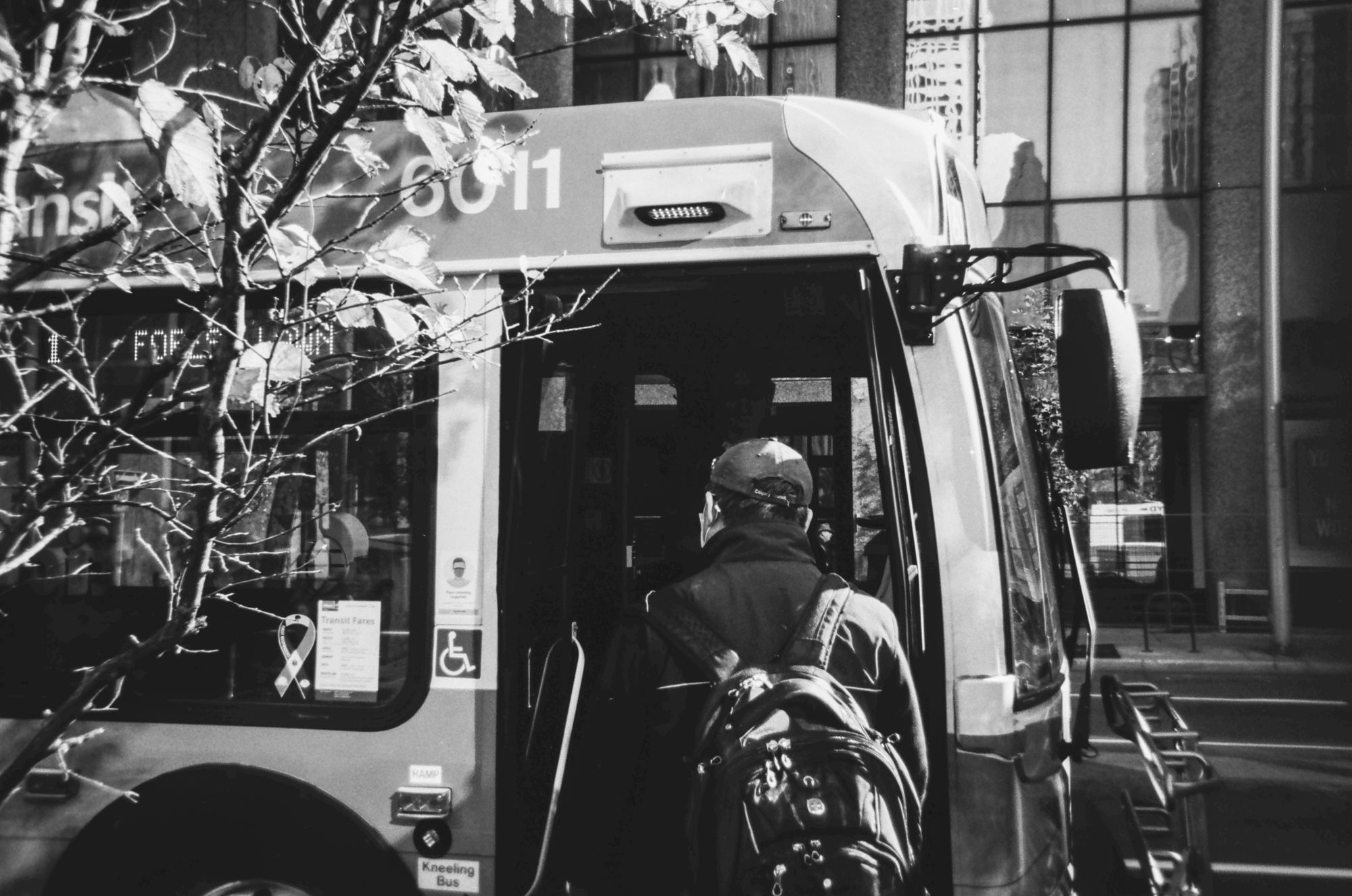
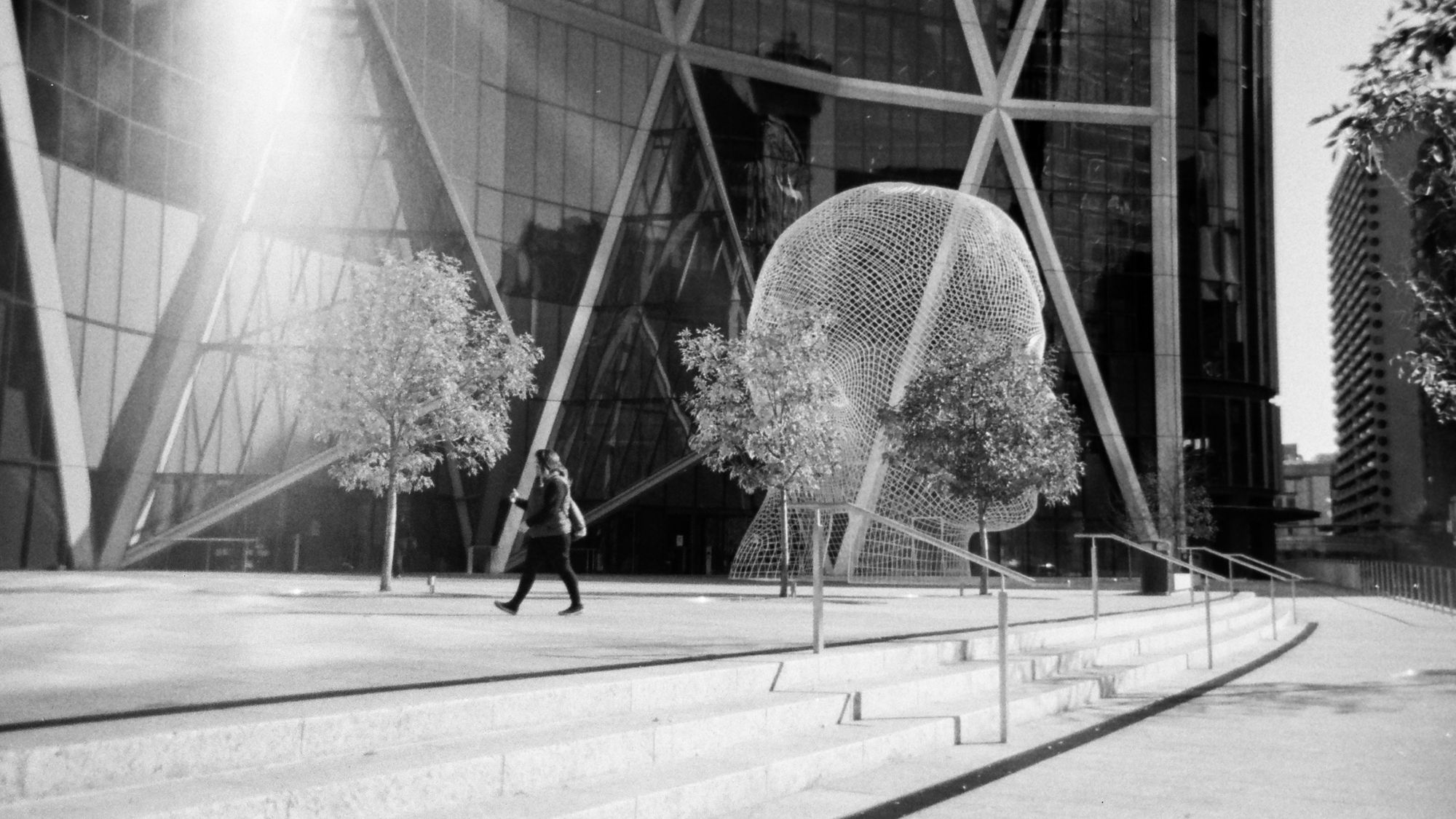




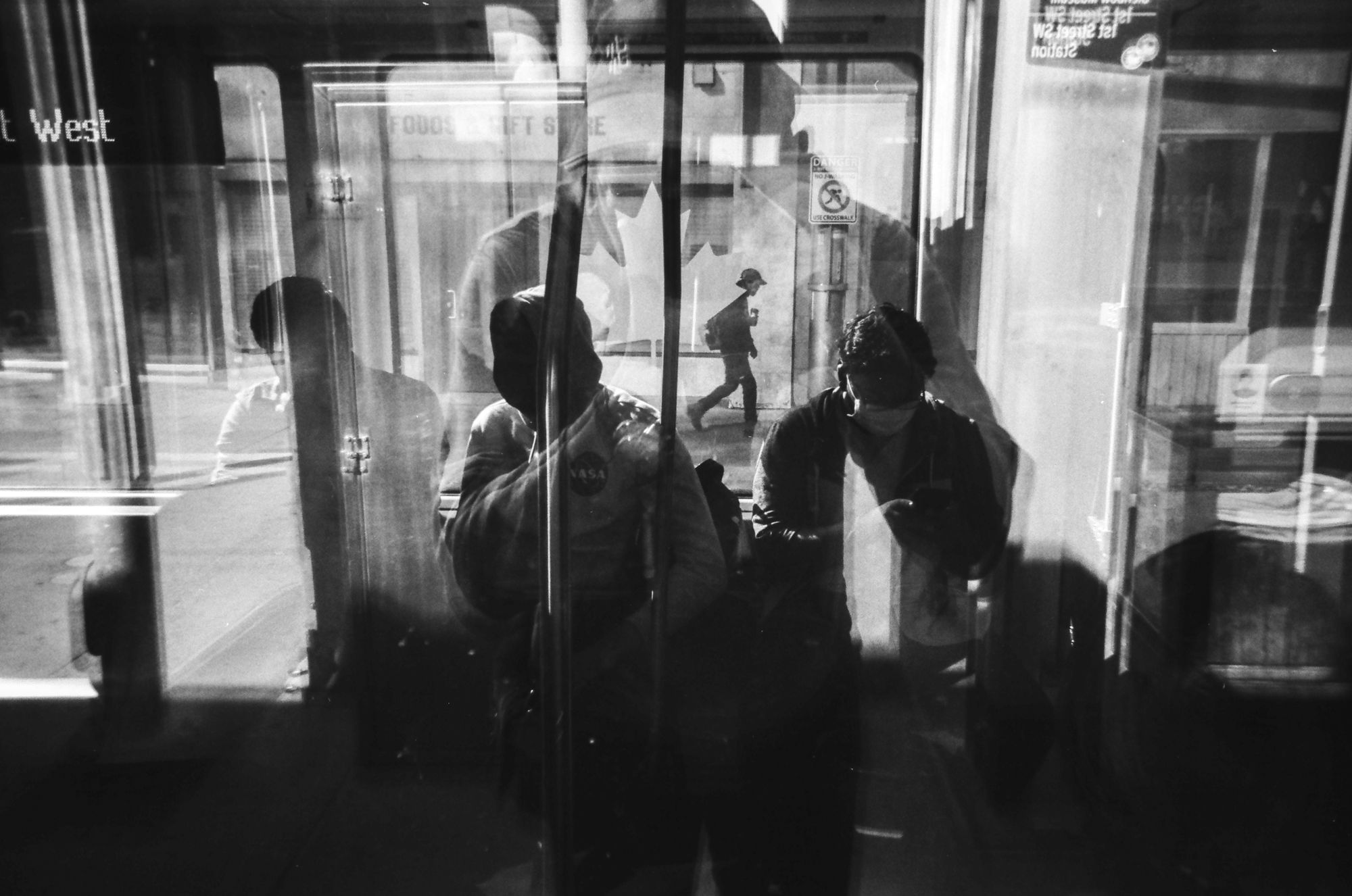
In fact, I used this method to reload the camera with the ACROS II B&W film stock, If you want to see the results and learn more about that experience, you can watch the video right here:
The rest of this guide is a step-by-step section on how to reload the camera. It's complicated to explain via text and images, so it's easier to watch the detailed guide here instead:



